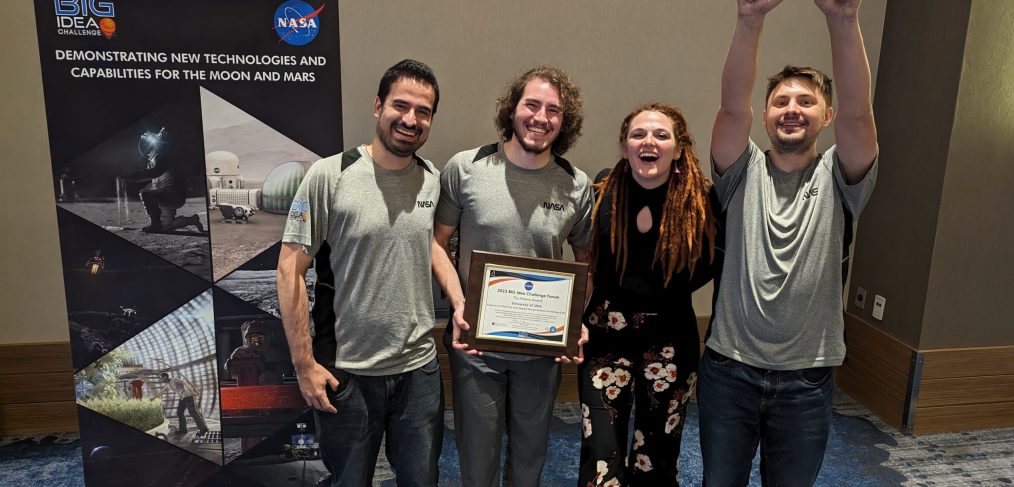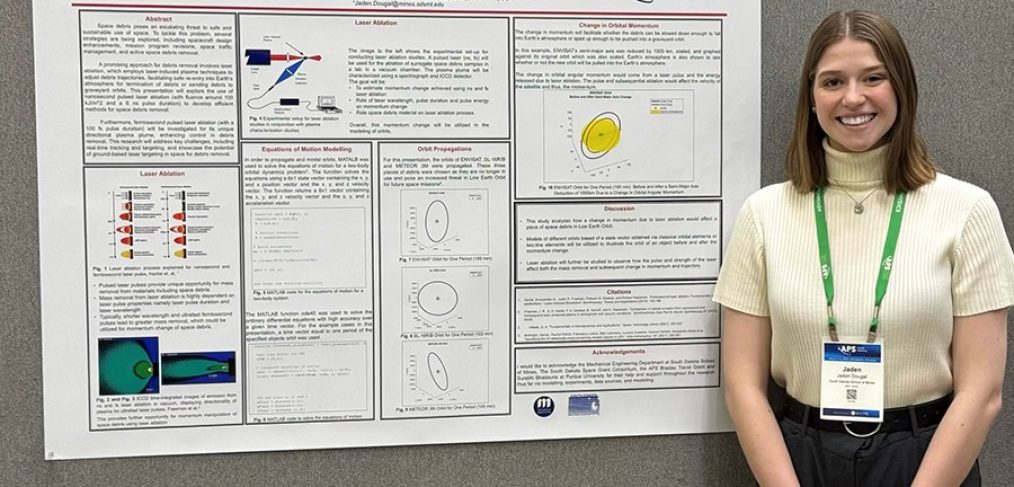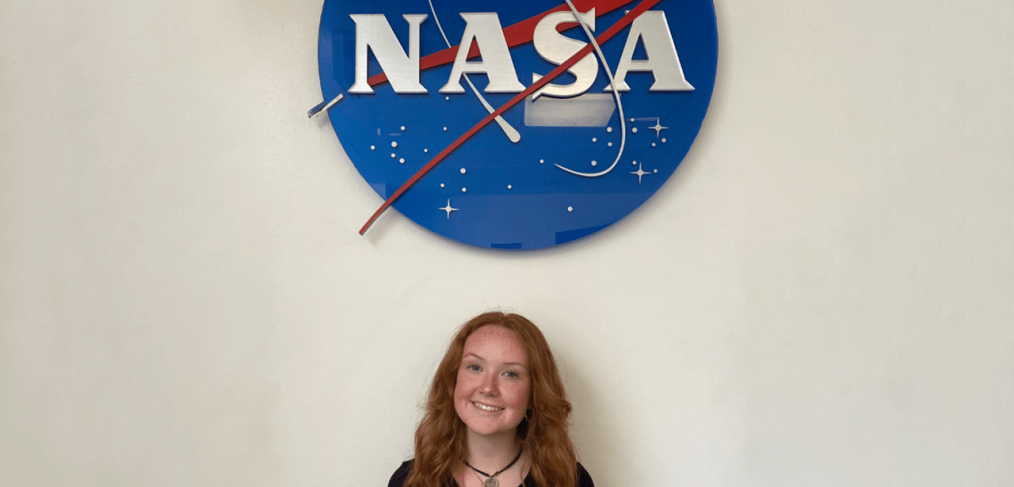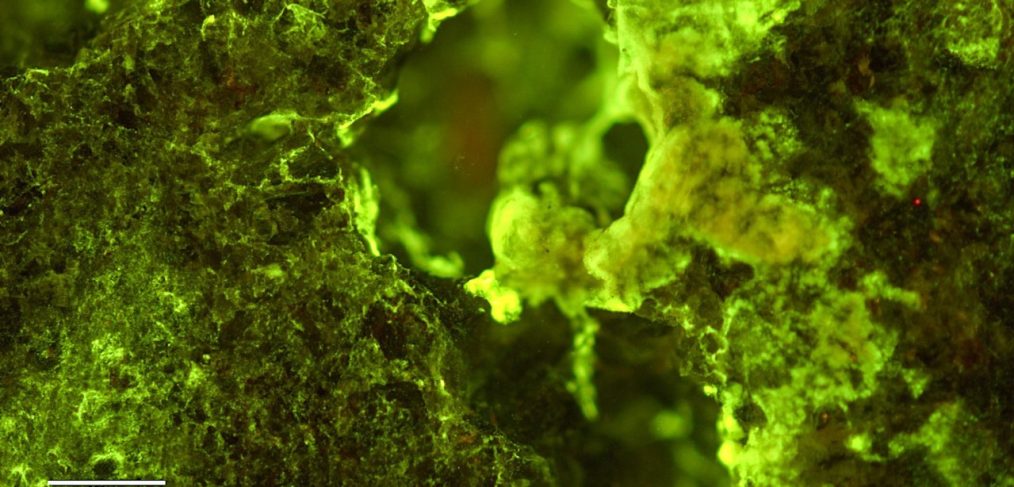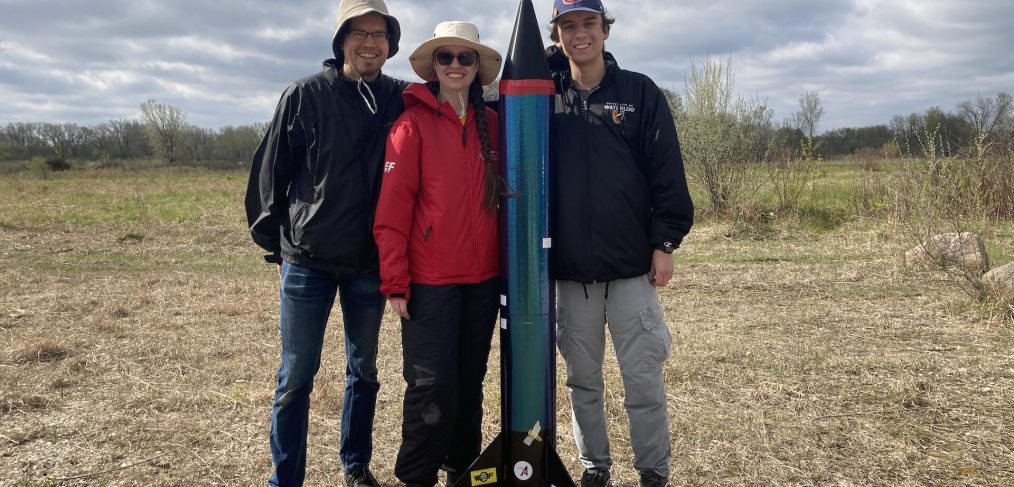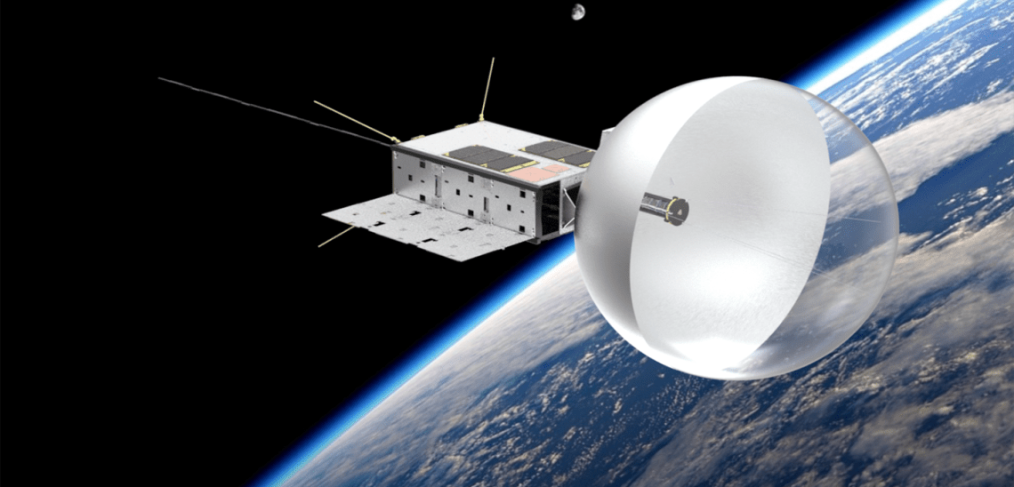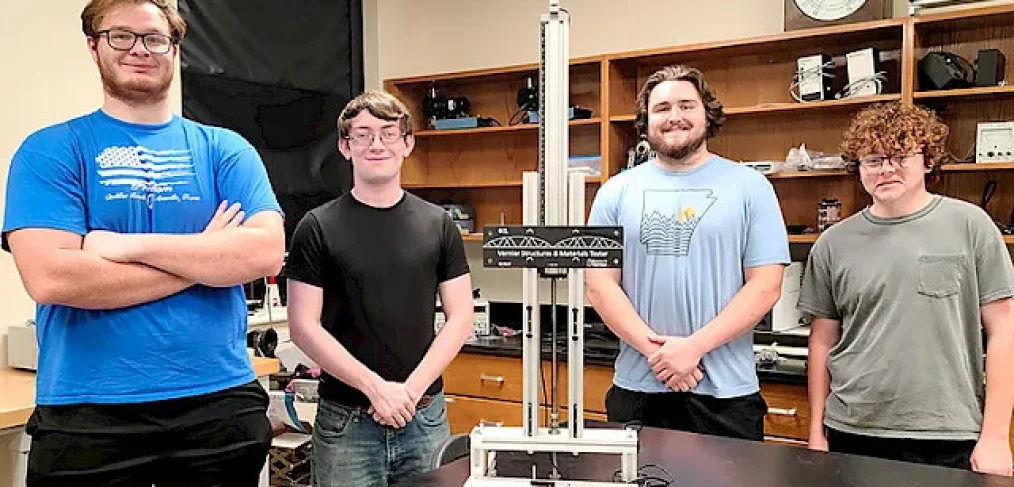Through Artemis, NASA plans to conduct long-duration human and robotic missions on the lunar surface in preparation for future crewed exploration of Mars. Expanding exploration capabilities requires a robust lunar infrastructure, including practical and cost-effective ways to construct a lunar base. One method is employing in-situ resource utilization (ISRU) – or the ability to use naturally occurring resources – to produce consumables and build structures in the future, which will make explorers more Earth-independent.
An ISRU process that NASA wants to learn more about is forging metals from lunar minerals to create structures and tools in the future. Through its 2023 Breakthrough, Innovative and Game-Changing (BIG) Idea Lunar Forge Challenge, NASA sought innovative concepts from university students to design an ISRU metal production pipeline on the Moon. The year-and-a-half-long challenge, funded by NASA’s Space Technology Mission Directorate (STMD) and Office of STEM Engagement, supports NASA’s Lunar Surface Innovation Initiative in developing new approaches and novel technologies to pave the way for successful exploration on the surface of the Moon.
Finalist teams presented their research, designs, prototypes, and testing results to a panel of NASA and industry judges at a culminating forum on Nov. 16, in Cleveland, Ohio.
Read the full article on NASA.gov
Image Credit: National Institute of Aerospace
Author Credit: Stefanie Payne
Original Post Date: Nov. 21, 2023
